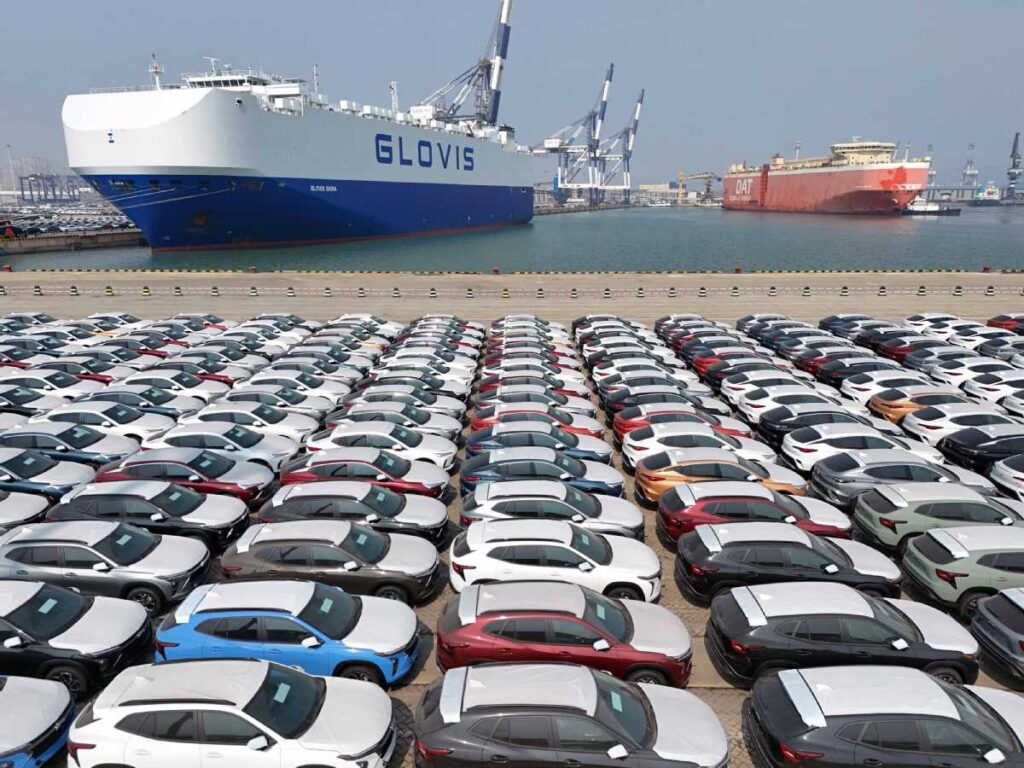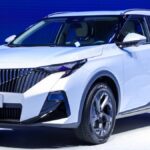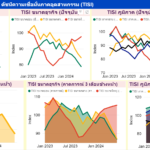
China’s EV Export Slowdown: Market Forces Explained
China’s electric vehicle (EV) exports experienced a significant decline in June 2024, falling by 13.2% compared to the previous month. This marks the third consecutive monthly decrease since March, according to data from the China Association of Automobile Manufacturers. The drop in exports can be attributed to several factors, primarily rising trade tensions and increasing resistance to Chinese EVs in key markets.
Key points regarding the decline in China’s EV exports:
-
Export volume
In June 2024, China exported 86,000 electric vehicles, down from the previous month.
-
Consecutive decline
This marks the third straight month of declining EV exports since March 2024.
-
Trade tensions
The decline coincides with growing trade frictions, particularly with the European Union (EU).
-
EU tariffs
The EU recently imposed tariffs of up to 37.6% on Chinese EV imports, including Chinese-made Western brands like Tesla.
-
Market impact
The European market, a crucial destination for Chinese EV exports, has been significantly affected by these new tariffs.
-
Slower growth
While year-on-year growth remains positive at 12.3%, it has slowed considerably from the previous annual range of 30% to 40%.
Responses from Chinese manufacturers
-
Price adjustments
Some Chinese EV makers, like Nio, have hinted at raising export prices due to the new tariffs.
-
Manufacturing shifts
Companies like BYD are planning to establish production facilities in Europe to circumvent tariffs and reduce logistics costs.
-
Market diversification
Chinese EV makers are exploring new markets, with companies like Neta Auto and Xpeng Motors increasing their focus on Africa.
Global context and implications
-
Trade disputes
China has requested the World Trade Organization (WTO) to set up an expert panel to address disputes over U.S. EV subsidies.
-
Retaliation threats
In response to EU tariffs, China has threatened retaliatory measures, potentially targeting European products like pork, big engine cars, dairy, wine, and cognac.
-
Long-term outlook
Experts predict that EU-China trade tensions may escalate into a prolonged conflict starting from early 2025, driven by structural economic competition and geopolitical factors.
-
Market shifts
As developed markets become more challenging, Chinese EV manufacturers are increasingly targeting developing regions like Southeast Asia, Africa and Latin America.
Despite the recent setback, China continues to push its EV industry forward. The government has released guidelines encouraging automakers to conduct research and development overseas and participate in setting international standards. Additionally, China has set an ambitious target for new energy vehicles (NEVs) to make up 45% of all new auto sales by 2027, indicating a strong commitment to maintaining its position in the global EV market.


